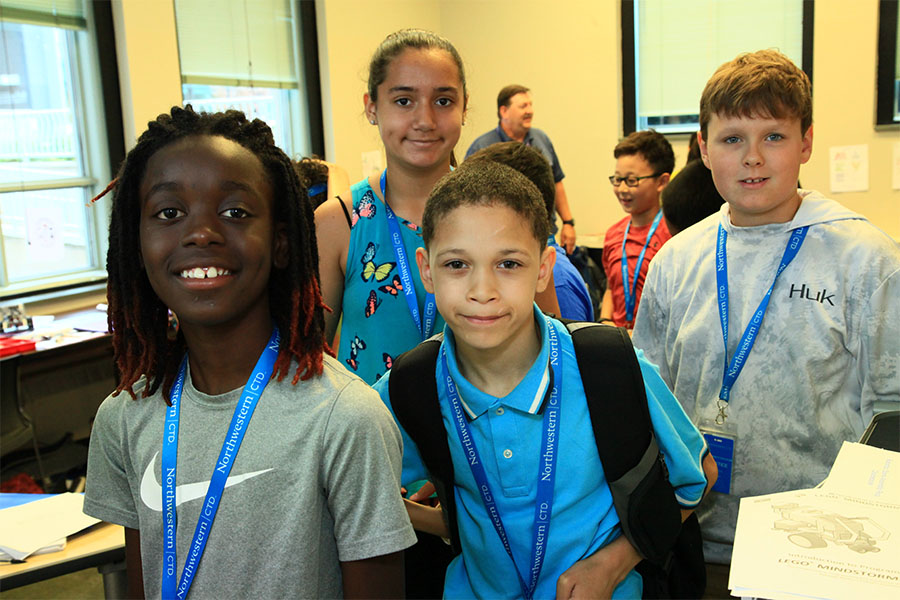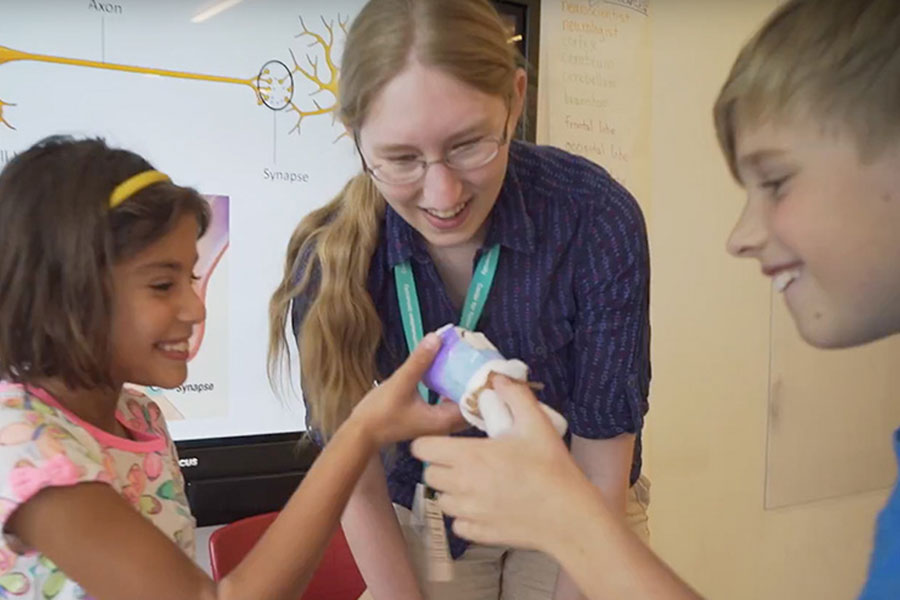Unpacking Current Events with our Children
By Lindsay Wall Succari
This post is intended to serve as a resource for families to unpack difficult news events with their children, and the guidance here is offered from that lens. Families and children who have experienced the fear or trauma of violence first-hand should seek the support of mental health professionals to provide intervention and care. The National Child Traumatic Stress Network may be a starting place for families seeing services in areas across the U.S.
---
Feeling prepared to explain current events to our children and students has never felt more important, but where to start can feel overwhelming.
Recently, my family and I were driving to my in-laws' home to drop off a birthday gift. While we were en route, Mayor Lightfoot held a press conference noting street closures in Chicago due to the riots and protests that had taken place the day before.
The road closures effectively blocked the path between our Chicago neighborhood and my in-laws' home, much to the dismay of my two young children. It was helpful to be able to point out the city trucks that were blocking the north/south thoroughfares, to anchor a short conversation about protests and public safety.
Approaching conversations about current events with our children as educators (which may or may not feel comfortable, after months of remote learning expertise in our collective parent toolkits!) can be a helpful framework. Working through some version of the questions below can help ground a conversation and provide a path forward.
First, start by asking what they know, or what they've experienced.
In teaching, we use the term "pre-assessment" to describe this step. The intention is to have an understanding of your child's base of knowledge before beginning the conversation. Even younger children who don't have unfettered access to media and the internet have picked up ideas through overhearing the news, a podcast, or a comment from a friend.
"I'd like to talk more about the protests we saw - do you know what that word means?"
Next, check the facts your child shares, and provide context and background.
Likely, what your child reports to you isn't a comprehensive account of the broader issue. For example, it's impossible to understand the meaning behind a protest for racial justice without the context of racism and discrimination.
"There are some people who think people with brown or black skin should not be treated the same as those with white skin, and that group of people we saw gathering in the park wants to change that."
With a middle or high school age student, review a primary source together - read an article or listen to a podcast. With younger students, focus on providing definitions, examples and context.
"A protest is a group of people who have ideas about something in the world that should change, and want other people to hear those ideas."
Support your child's feelings about the news.
Just as important as getting the facts correct is to support the feelings these events may bring up for your child. Common responses may be fear, sadness, or worry. Just as commonly, children may be a bit ambivalent - the information you're sharing may be new or overwhelming and too much to process in the moment. Support your child wherever they are at, and offer what solace you can. Be sure to acknowledge your own feelings.
"I understand you're feeling sad we can't see our family today. I'm sad, too."
"I agree - it makes me angry to think about people being treated differently because of their skin color."
Check back with your child later in the day, or the next day, to see if their feelings have changed, or your child has more to add to the conversation.
Ask your child their opinion on what is happening.
To teach our children to be critical consumers of news and media, we want to pull them into an event or story and think it through, and make connections to other areas of their learning, when possible.
What is something you would feel strongly about and want to join a protest for?
Why do you think it's important for people to talk about their ideas on this?
What would you do if you were in charge right now?
Be prepared for "what would we do if this happened to us." If you're managing big feelings about a topic (sadness, fear, anger) ask your child what action they can take, or your family can take, to address those feelings.
Rely on your network.
If the topic feels too sensitive or raw for you to engage in conversation about with you child, ask a trusted family member or friend to lead the conversation, or assist you in doing so.
---
Remember, these are just starting points, and the first conversation will likely be one of many. But being intentional about engaging in these conversations with our children help make space for the type of world we envision for them.
Sources
Gadzikowski, A. “How to talk with young children about the George Floyd protests.” Britannica for Parents: 2020.
Kamenetz, A. & Turner, C. “What to say when the news is scary to kids.” NPR: 2020.
Knorr, C. “Explaining the news to our kids.” Common Sense Media: 2020.
 Lindsay Wall Succari is the Program Coordinator for CTD’s Civic Education Project. CTD families who are seeking additional resources or support in this area may contact CTD's Civic Education Project staff team (cep@northwestern.edu) with questions.
Lindsay Wall Succari is the Program Coordinator for CTD’s Civic Education Project. CTD families who are seeking additional resources or support in this area may contact CTD's Civic Education Project staff team (cep@northwestern.edu) with questions.

